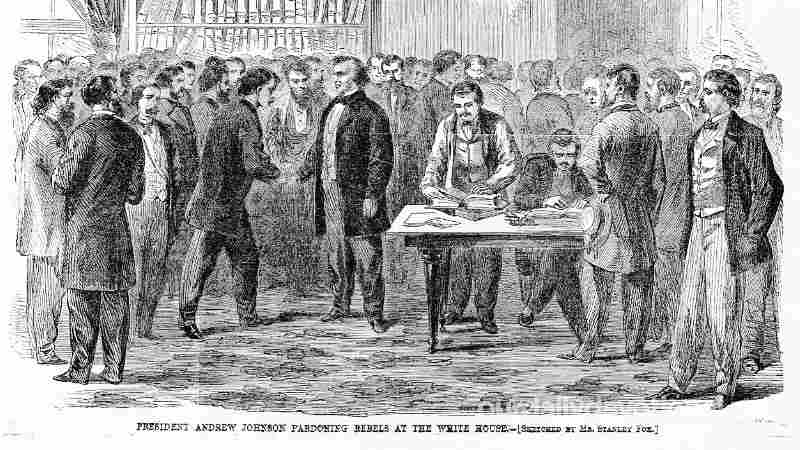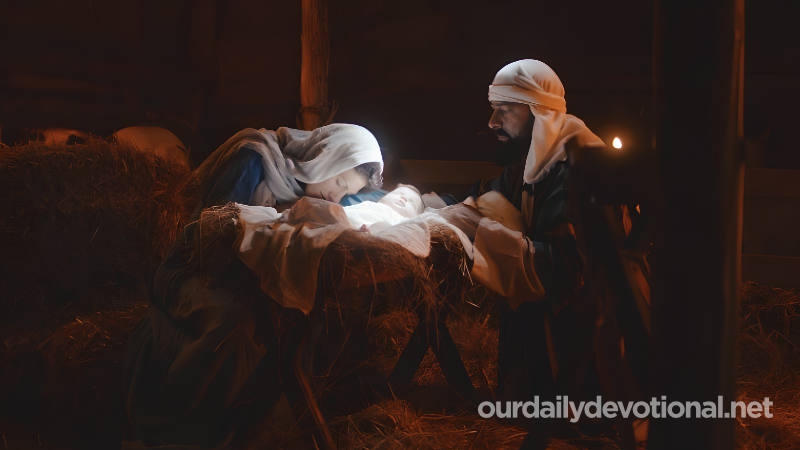One of the first sciences that anyone who wants to study the Bible must know is Hermeneutics, or biblical interpretation.
"Hermeneutics", from the Greek "hermenevein", is the "art of interpreting texts", and precedes exegesis.
It aims to understand, as far as possible, the process by which the author (in our case the hagiographers) composed his text and make it understandable to the modern reader.
The same apostle Peter, speaking of the Scriptures, says that "there are some that are difficult to understand, which the unlearned and unstable distort, as well as the other Scriptures (those of the Old), to the destruction of themselves" (2 Pet. 3: 16).
The Holy Spirit is the first interpreter of the Scriptures and assists believers to understand them and apply them to their lives, but it is necessary to remember that the varied circumstances that occurred in the production of the wonderful book require the expositors to carefully study and always "in accordance with science" and hermeneutical principles.
The biblical interpretation has a double aspect:
(a) The problem of language, which includes the study of the text, and
(b) the meaning of the Message.
Discovering the true meaning of all the words and terms in a biblical passage is the beginning of interpretation. An interpretation of the language is required, and this involves different disciplines, such as textual criticism, which is only within the reach of specialists and translators, since such ancient, rare and difficult books, it is not strange that they have been copied many times, and sometimes with variants of a given passage that must necessarily be clarified following precise rules that apply to the most faithful manuscripts. The text of the Bible has been fixed with great accuracy in our days thanks to the patient analysis of famous scholars.
There are many auxiliary sciences in interpretation, such as biblical geography, history, literature, psychology, numismatics, etc. As believers know well, the Bible, when read as a book of salvation, is simple and communicates its message that makes the believer "wise for salvation through faith in Christ Jesus" (2 Tim. 3:14- 17).
When read with faith, Scripture speaks simply and clearly; Everywhere one finds messages of forgiveness of sins, of Christian duties, of practical wisdom, of inspiration to solve everyday problems.
Things to keep in mind:
(A) It is necessary to read the text paying attention to the context, because the Bible is its own interpreter, the Bible is explained by the Bible itself; Thus, a dark passage is understood by others that are clearer and more luminous.
(B) It is necessary to take the words in their usual and ordinary sense as far as possible; This simple rule is of utmost importance, because forgetting it runs the risk of giving Scripture an arbitrary and capricious meaning. Here the Hebraisms and peculiarities of the oriental style, the customs and way of proceeding of the Jews must be taken into account.
(C) It is necessary to take the words in the sense indicated by the whole sentence, because a word can have different meanings depending on the context and depending on the subject matter the author deals with. Here we must take into account the message that the author is trying to communicate and place the word in the discourse.
(D) It is necessary to take the words in the sense indicated by the context, namely, the verses that precede and follow the text under study. Here we come across, at times, abrupt interruptions of the story, with divisions that obscure the text, because as is known, the division into chapters and verses dates back only a few centuries and was made to facilitate study, but was not known by the sacred authors.
(E) It is necessary to take into consideration the object or design of the book or passage in which the obscure words or expressions occur. Thus, for example, some of Paul's epistles were written on the occasion of the errors, which the Judaizers or "false teachers" tried to implant with great harm.
If we read these passages in the light of the apostle's ministry, his personal history, his struggles, etc., we will understand them better. Some passages were written to be used in the Temple liturgy or to be sung by a choir, such as some psalms that have the subtitle "graduals" and were sung while climbing the steps of the Temple.
(F) It is necessary to consult the parallel passages, as the Greek text says in 1 Cor. 2:13: "Explaining spiritual things by spiritual things." Thus, in addition to clarifying the passage, exact biblical knowledge is learned regarding Christian doctrines and practices.
Here it is worth remembering that there are parallels of words, parallels of ideas and parallels of general teachings. When consulting this type of parallels, one must first clarify the meaning of the dark word in the same book or author in which it is found, then in the other books of the same time and finally any book of Scripture.
This method, combined with the historical-grammatical method, is excellent for arriving at the original meaning of the Scriptures. When we are humble, the Spirit opens the Scriptures to us just as Christ opened them to the two disciples on the road to Emmaus (Lk. 24:25).
The Bible scholar knows very well that there are things that escape the reference books that he must necessarily use in his research. Dictionaries, grammars, history books are precious to understand what an author says and what he means by what he says, but the key to reading the Bible Christianly is faith in Christ Jesus.
Meaning of BIBLICAL INTERPRETATION
One of the first sciences that anyone who wants to study the Bible must know is Hermeneutics, or biblical interpretation.







